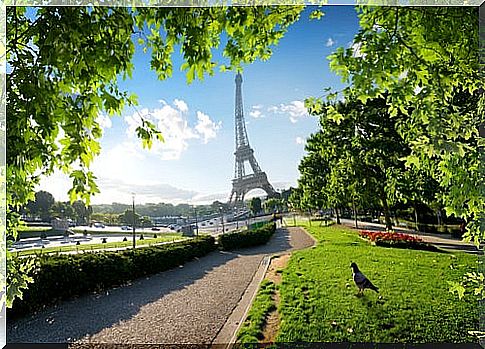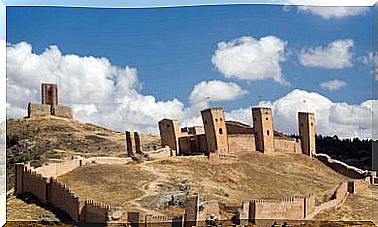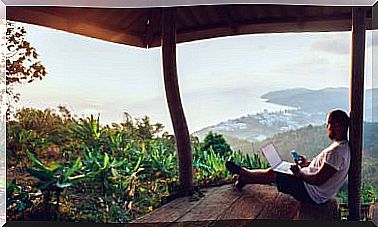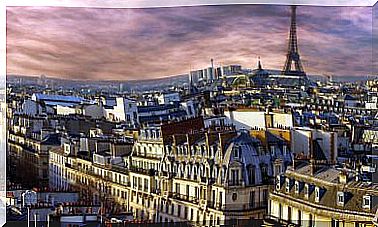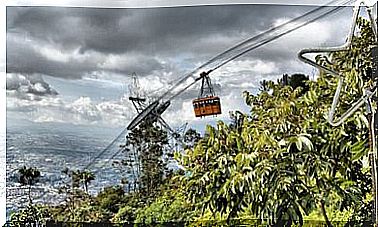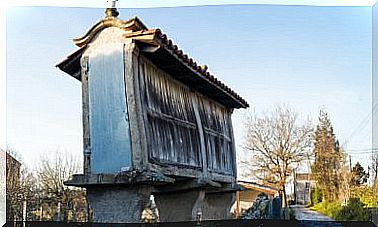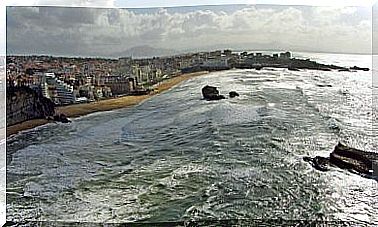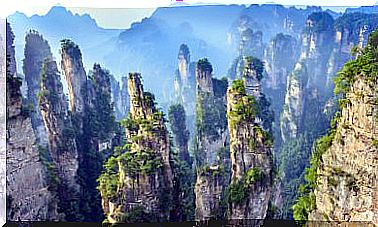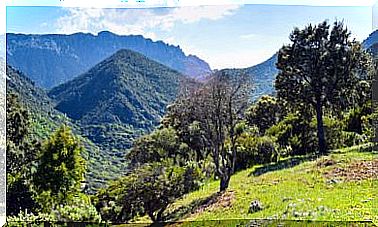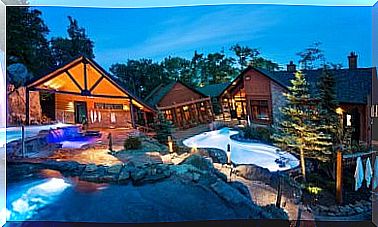Gardens Of The Désert De Retz In France
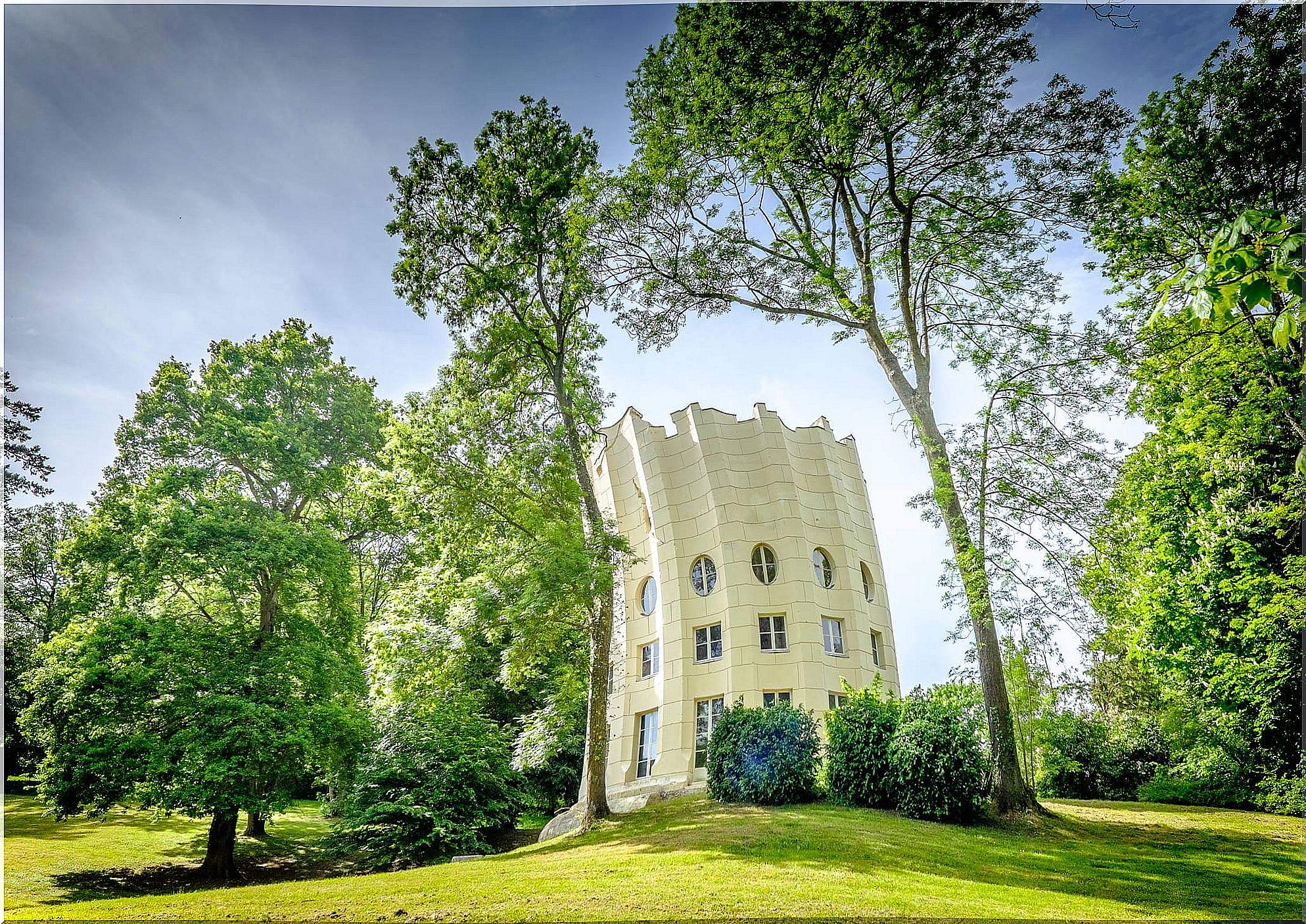
If you have visited Europe, you have surely been ecstatic by the design and spectacular nature of the gardens and parks of palaces and residences. One of the most particular is the Désert de Retz, in the commune of Chambourcy to the west of Paris, capital of France.
Today the exquisite property occupies about 38 hectares. The gardens are in the Anglo-Chinese style, a fashionable combination in the 18th century. The characteristics were those of a typical English landscaped garden with trimmed lawns and groves and historic structures imitating classical temples or Roman bridges. In addition, they had the arrangement of Chinese gardens, to generate a harmonious set with the environment.
The space was devised by the aristocrat François Racine de Monville, a man with a special vision of architecture, great love for botany and also a famous organizer of picnics, dances and parties.
The Enlightenment in the soul of the Désert de Retz
The gardens of the Désert de Retz were built between 1774 and 1789, when the Enlightenment was at its peak. This time was characterized by the appearance and diffusion of new ideas and knowledge.
Following the philosophy of that time, Monville thought of a space where his guests could learn about other cultures through typical constructions such as a Chinese house, a Gothic church or an Egyptian obelisk.
This aristocrat placed the most diverse architectural testimonies on his estate, such as classical buildings, oriental-type structures and others related to science. He even outlined, with the construction of the greenhouse, an ecological mark that was not yet known at the time.
Why Desert if it is a garden in a forest?
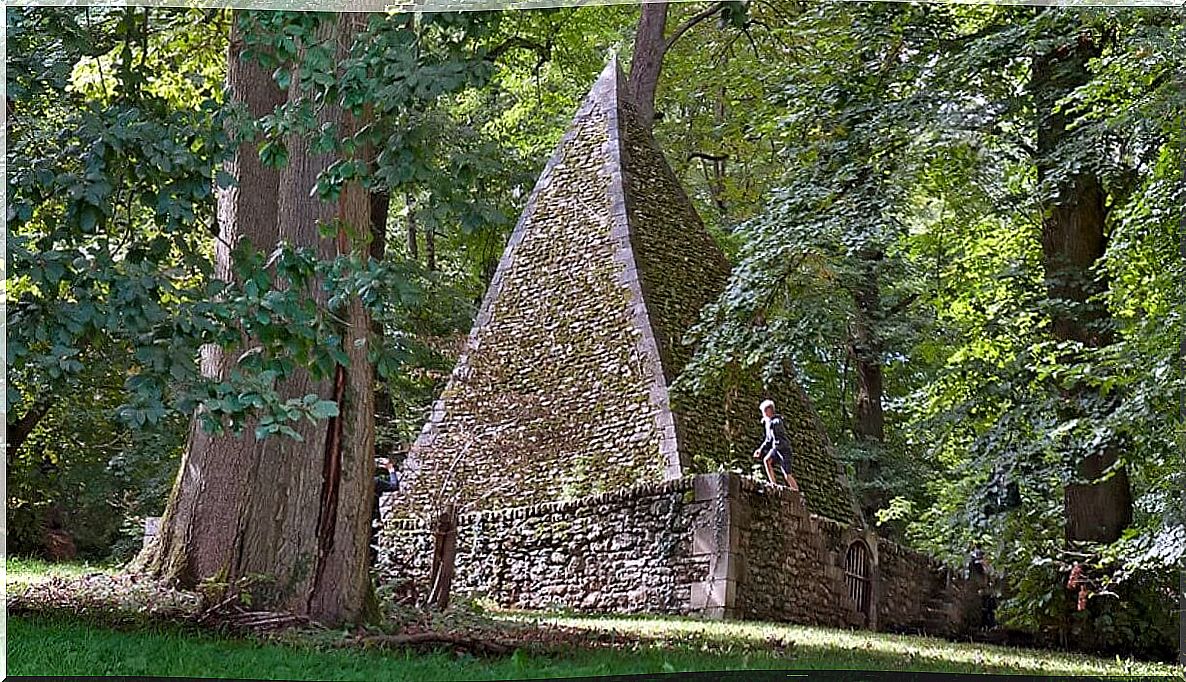
In the eighteenth century, the concept of “desert” was used to name the spaces set apart from the main areas of a farm. Often the constructions of a Désert were thought to give privacy to the guests.
Also, at the time it was called desert to places far from the cities, where there were not many settlers. Marly’s forest had those characteristics back then.
However, not only the name of the Monville property is peculiar, but also its buildings, called fabriqués, arranged in the form of a walking circuit to tour the farm.
The exotic “factories”
The original landscape design included more than 15 structures. The ones that currently survive and you can visit are:
- The Destroyed Column : With the design of a classic ruined column, the structure has a spiral staircase and five stories with rooms. It was Monville’s summer house.
- Tartar carp : imitation of a Turkish tent located on the shore of a lake.
- Gothic church in ruins.
- Temple of the God Pan : a structure with a semicircular shape that represents Greek culture, since Pan is the Greek god of shepherds and flocks.
- Small ruined altar in French, the Petit Autel presque ruiné.
- Open Theater or Open Theater.
- The Ice House or glacière pyramide : It was built with stones and in the shape of a pyramid.
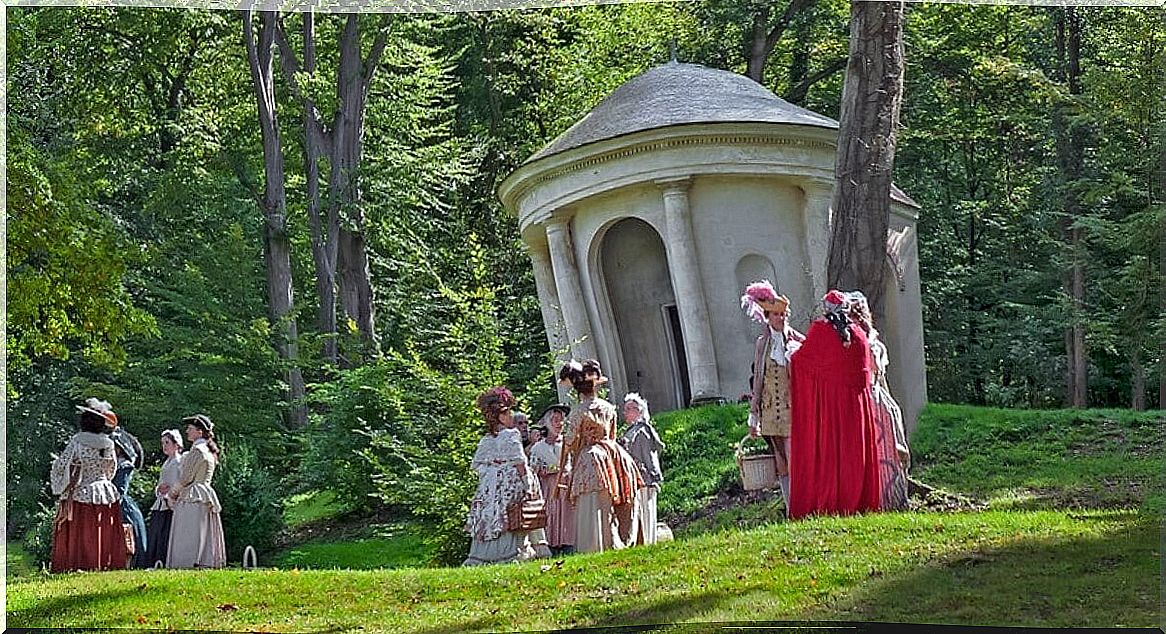
On the other hand, the constructions that have disappeared are:
- The Chinese house.
- The hermitage.
- Orangery or orangery greenhouse.
- Isle du Bonheur or the Island of happiness.
- The Egyptian Obelisk.
- Greenhouses or les serres.
- Common
- The thatched hut or Chaumière.
- Tomb.
History of the Désert de Retz
Built with the vision of an 18th century aristocrat, this unique complex had famous visitors in its heyday. Some of them were Queen Marie Antoinette and Thomas Jefferson, when he was the United States ambassador to France in 1786.
However, its splendor was in decline after its original owner sold the farm in 1792. From then on, it had several owners, but none of them did the proper maintenance of the structures, which gradually deteriorated. Many of them disappeared over time.
It was not until 1938 that a survey of the property was carried out. Later, in 1941, it was declared a historical monument, although nothing was done to begin its restoration either. In subsequent years, nature took over the space and a good part of the buildings suffered dismantling and damage.
In 1966, faced with this state of deterioration, the Minister of Culture André Malraux included the Désert de Retz in a bill for the rescue of historical monuments. Between 1973 and 1979, the first restoration financed by the French state was carried out.
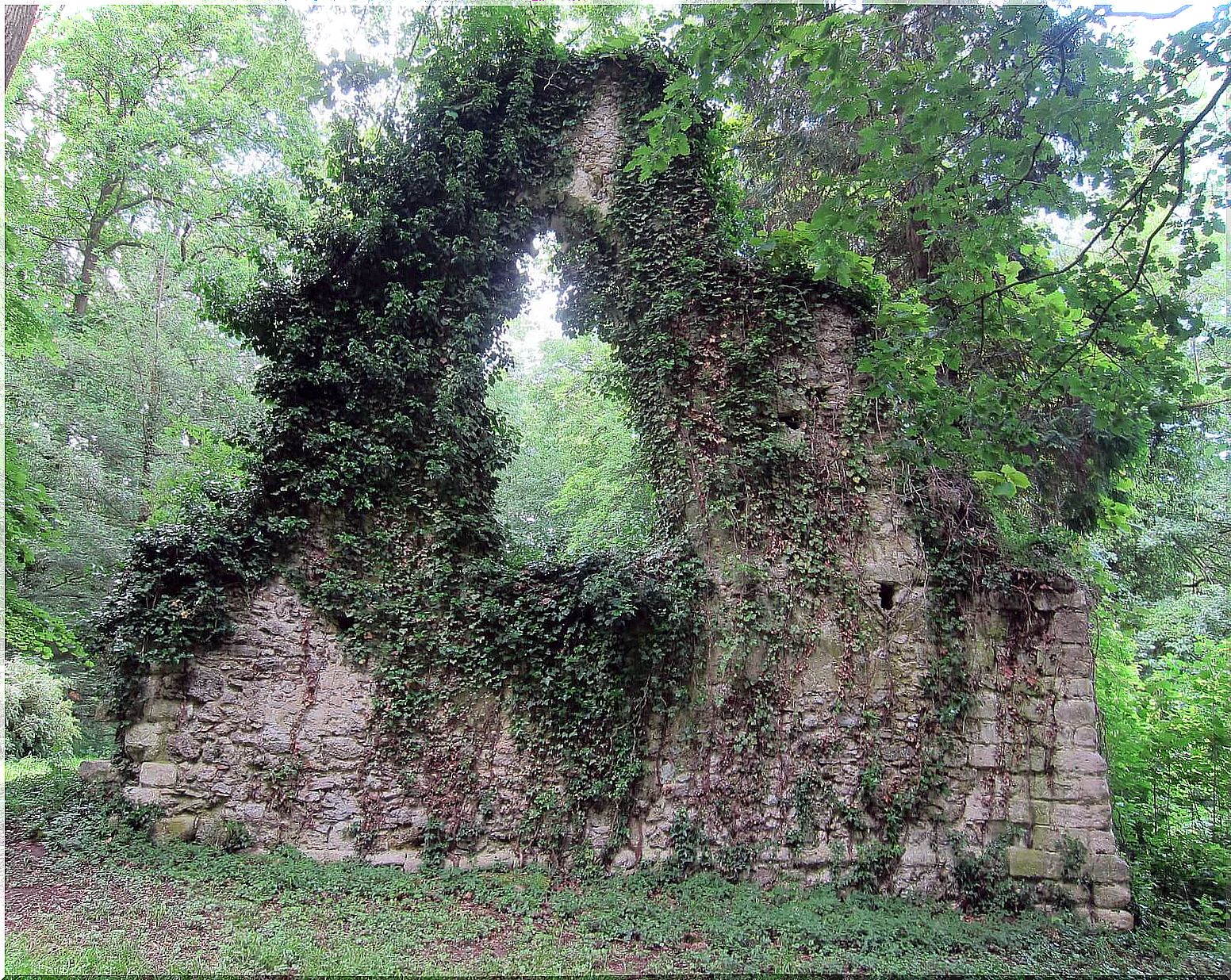
Later, in the 1980s, private US capital contributed to the further improvement of the Desert. The Worms group bought the farm and occupied the land with the Jovenval golf course; in addition, it collaborated in the restoration of the main gardens.
In 2007, the municipality of Chambourcy paid a symbolic euro for the property of the Désert de Retz. From this moment, a great project of recovery of the buildings that are still conserved began.
Visit the Désert de Retz!
If you want to take a guided tour of the Désert de Retz, check with the Chambourcy Town Hall. They will inform you of the dates on which the tours are enabled.
Likewise, another alternative to learn more is through the Désert de Retz Jardin des Lumières association website. For example, they will comment on questions such as the different routes. In this regard, you can easily get there from Paris by car, in a 50-minute trip on the A14 road to Chambourcy, and then from there to the Desert.
In short, the Désert de Retz is another of the almost exotic destinations that you can find very close to Paris. Save it for your next trip if you like to know places where nature and history are magically combined.
Top image: Facebook Le Désert de Retz – Mairie de Chambourcy. / Nicolas Vercellino.
